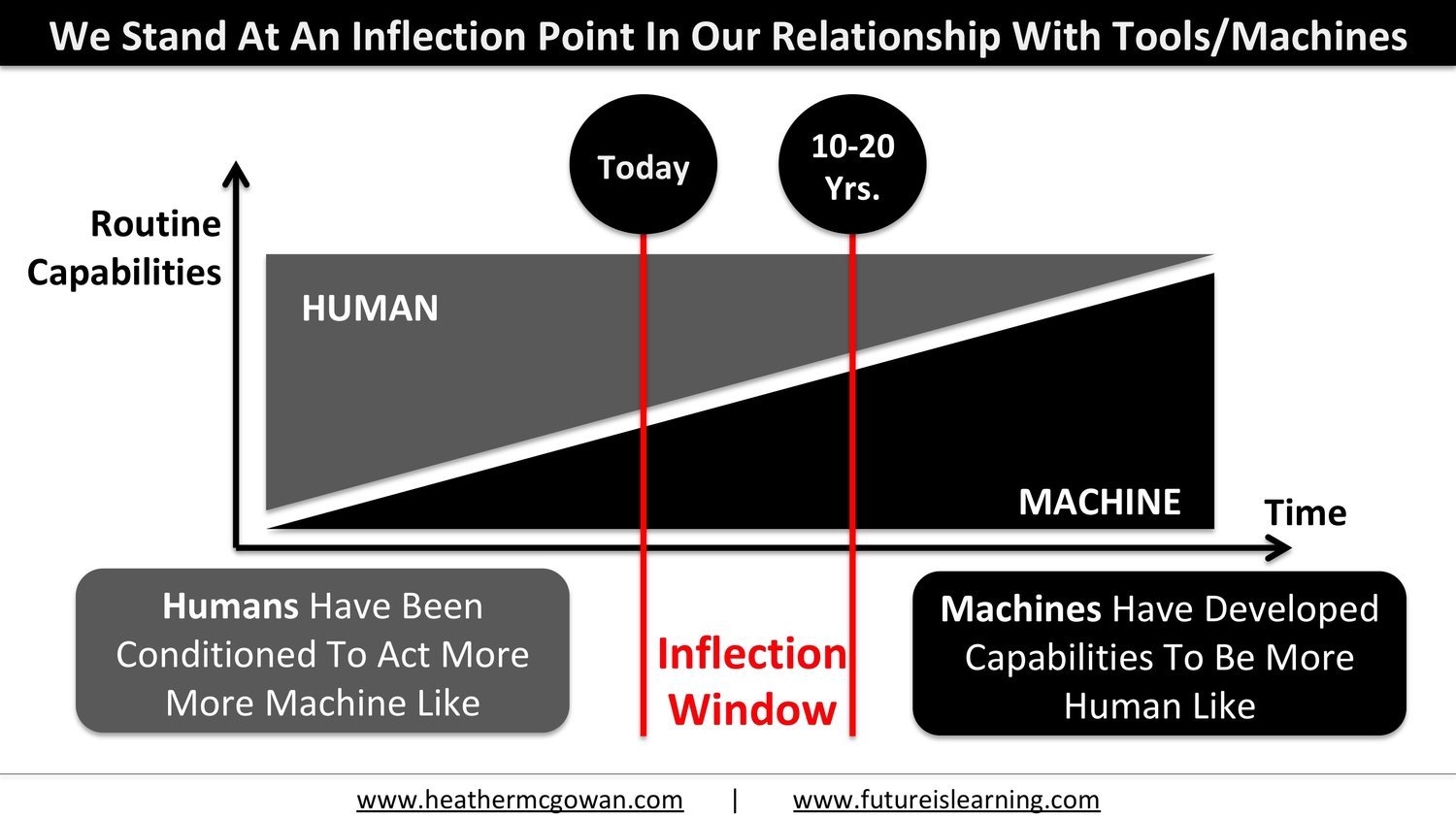
SAMPLE FRAMEWORKS
Below are samples of some of the frameworks Heather uses in her keynote addresses. Each one captures complexity in a single frame designed to offer clear insights and a path to action.
SHIFTING LIFE BLOCKS
Not long ago in the long arc of human history we created life blocks of education, work, and retirement. We created work as separate from life when we left our agrarian era. We created retirement as a concept after toiling away in endless work and we created education when we needed specifically trained humans to create a deployable workforce. Now the velocity of change, driven by exponential growth in technology and our hyper-connected and interdependent global economy, we must rethink those life blocks, by turning them 90 degrees, while we rethink how we move through them. Our current systems of work, learning, retirement, and social safety nets are inadequate for this reality. This concept was inspired by both German statistician Bismarck, and What Color is Your Parachute author Dick Bolles.
VELOCITY OF CHANGE REQUIRES ADAPTATION
We are living longer while adapting while experiencing the greatest velocity of change in human history. Where we once had multiple generations to absorb a paradigm-shifting change like the advent of the steam engine, we will now live through multiple paradigm-shifting changes within a single generation.
FROM THE 3RD TO THE 4TH INDUSTRIAL REVOLUTION
As we move from the 3rd to the 4th industrial revolution we are required to shift our focus from learning technology tools to learning from and with technologies tools that will augment our human skills. Developing our uniquely human skills like empathy, social intelligence, judgement, and creativity, among others, will best position us to learn and adapt in a world where anything mentally or physically routine or predictable may soon be done by an algorithm.
NEW PARADIGM = NEW GOALS
Where we once learned in order to work to produce a unit of value, we must shift our thinking from the outputs of processing to the inputs of capacity building. The changes cycles are too great and technological capabilities are advancing too quickly to rest on our ability to produce units of value with our stored expertise. Now we must begin with a foundation of learning agility, learning is now part of work and fueled by purpose (why) as the motivator, and the unit of value we produce is merely the byproduct or exhaust from our focus on increasing our capacity through continuous learning.
THE AUGMENTED ERA
We are entering our fifth era in human history. Human eras are marked by how we value talent and how we use tools. Each era is becoming shorter and shorter in time as we enter the Age of Accelerations and as such we have not adapted as our mental models and systems, notably work and learning, are stuck in prior eras.
TYPES OF INNOVATION
This framework (co-created with Ellen di Resta) articulates the various types of innovation in the spectrum including required knowledge and key insights using the simple toaster as an analog. This framework came out of multiple corporate client assignments in white space exploration where it was necessary to explain the difference between product improvement, product innovation, and new value creation.
TRANSDISCIPLINARY MINDSET
These two visuals grew of out of work at Philadelphia University (now Jefferson) to explain the limitations of thinking in discipline silos, especially when it comes to interlocking professions that require individuals who can think across functions.
TRANS-DISCIPLINARY: THE “I” TO THE “T” TO THE “X”
As my thinking on trans-disciplinary perspectives I believe it is no longer merely about the integration of human disciplines but also the integration of biological (human) and non-biological (technological) capabilities. When we began creating the artificial boundaries of disciplines in order to create a deployable workforce in earlier industrial revolutions we were educated and worked in silos as indicated by the letter “I”. With the advent of computerized technology and increasingly complex value creation processes, the “T-Shaped” thinker was desired. A T-shaped thinker maintained discipline expertise while conversing and collaborating with adjacent functions. Now the velocity of change combined with the exponential growth in technological capabilities requires humans who think across disciplines and intelligences to probe and frame challenges in order to create new value.
COMPLICATED TO COMPLEX
In the 2nd and 3rd industrial revolutions it was optimal to organize organize both information and workers in silos in command and control structures. Now we are in the Age of Accelerations where the complicated is now complex and information is no longer about storing stocks of knowledge but working in flows of knowledge and workers are no longer optimally organized in command and control, silo structures.
EVOLUTION OF THE CONSUMER
The consumer once purchased your product or service because it reflected their values, then the consumer became an active advocate of your products by engaging in shaping your market (movement from consumer to prosumer as they co-produced much of your value), now as companies become platforms upon which value is created from Facebook to Uber to Twitter to Airbnb, the consumer is the offering.
THE INFLECTION POINT: HUMANS AND TOOLS
As humans have become trained, educated, and conditioned to act more machine like, machines have become more human like from voice interface to facial recognition. With this inflection point is the opportunity to rethink what humans do-- to use tools to unleash the potential of humanity by focusing our non-cognitive and uniquely human skills.
WHY THE FUTURE OF WORK IS LEARNING
The velocity of change requires we shift our thinking from the units of value we produce to the learning that enables the creation of that value. Value units (products and services) are merely exhaust and evidence of continuous learning.














